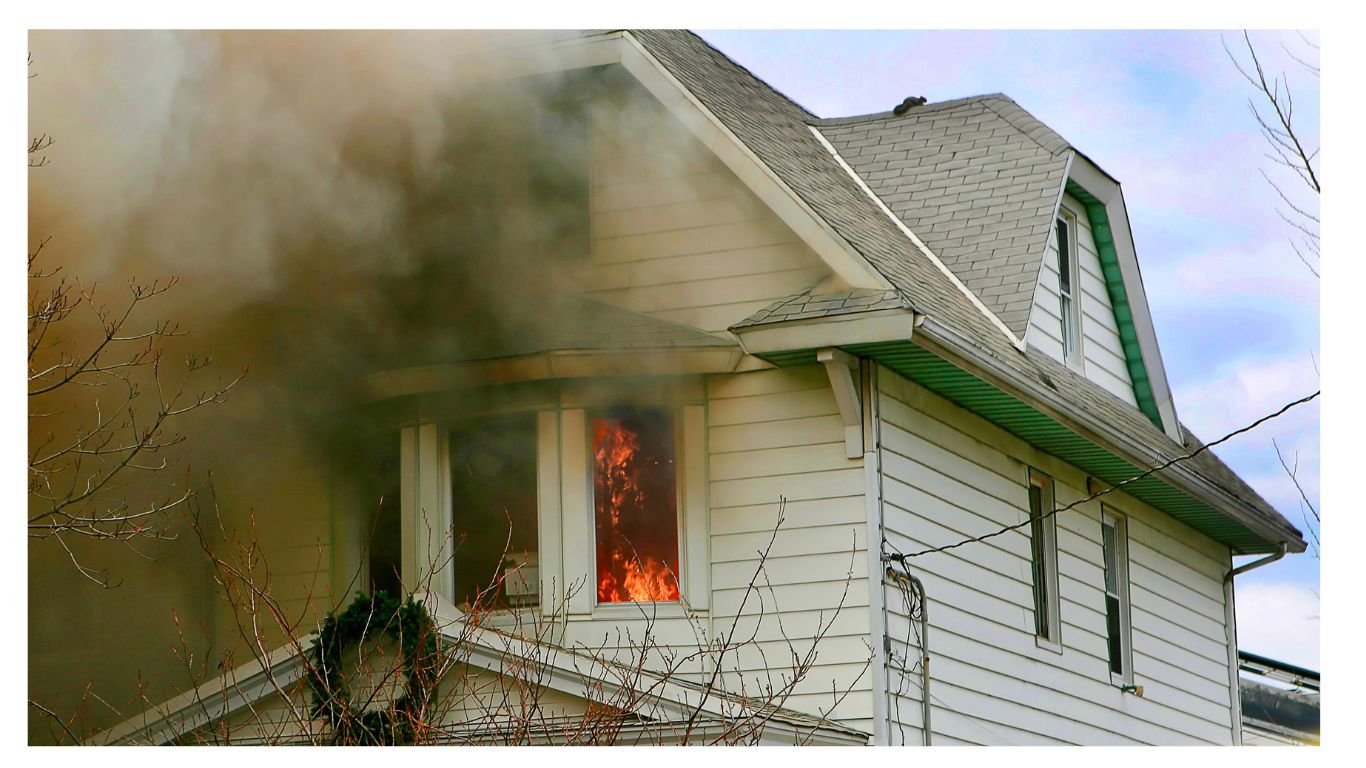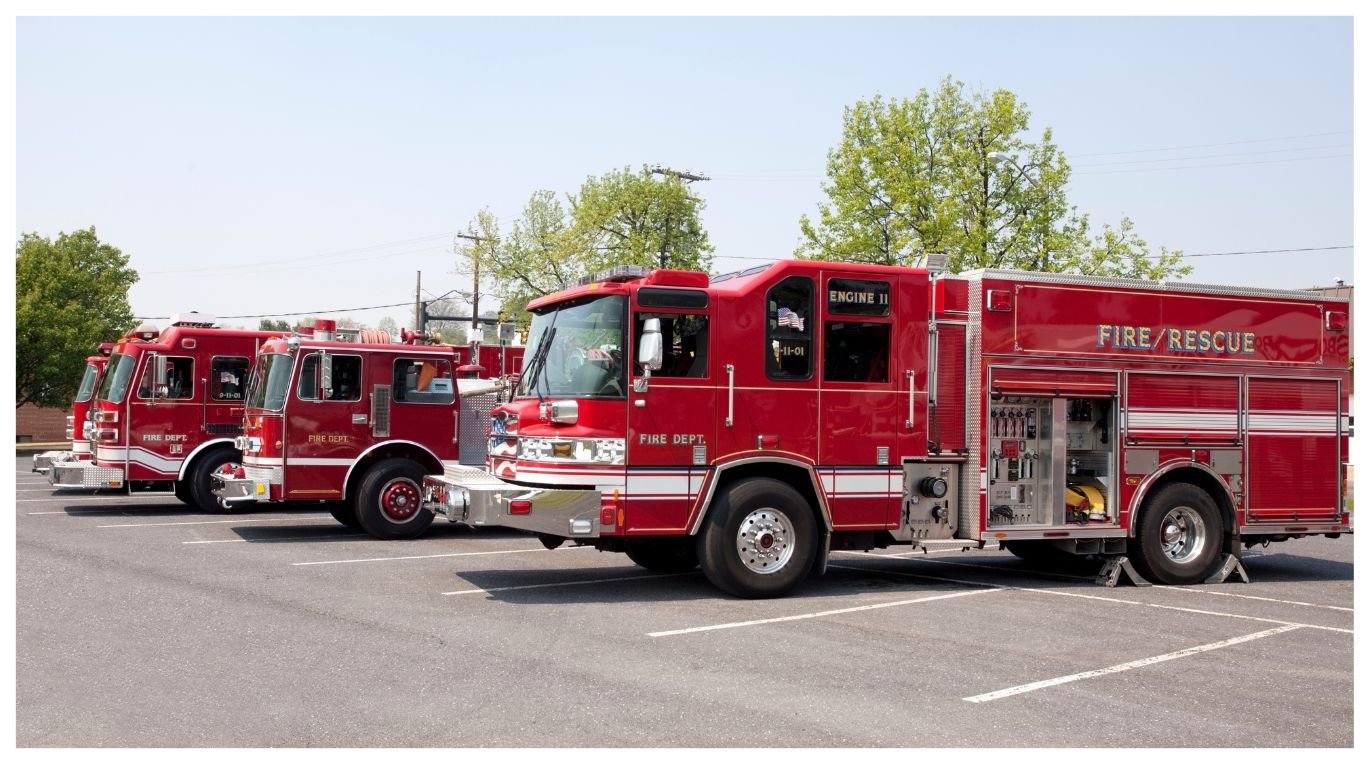What is Ventilation
Definition: Ventilation meaning is the systematic evacuation of warm air, smoke, and gases from a structure and their replacement with cooler air.
Importance and Techniques
Fire is a destructive and dangerous force that can quickly spread and engulf a building or structure, causing damage, injury, and even death. In order to combat a fire, firefighters must not only extinguish the flames but also properly ventilate the affected area to remove smoke, heat, and harmful gases. Proper fire ventilation is a crucial aspect of firefighting and can greatly improve the safety and success of fire response.
Why is Ventilation Important at a Fire?
Ventilation is important at a fire because it helps to create an escape route for trapped victims, reduces the risk of injury or death for firefighters, and improves the overall effectiveness of the firefighting operation. It is an important aspect of firefighting that is often overlooked. In this article, we will discuss the various methods that are used by firefighters and how they can be effectively utilized during a fire.
When a fire breaks out, smoke and heat can quickly fill a room or building, making it difficult for people to see and navigate their way to safety. Smoke inhalation is a leading cause of death in fires, as the toxic fumes can quickly overwhelm and incapacitate individuals. By ventilating the affected area, firefighters can create a clearer and safer path for people to escape and for them to enter and search for any remaining victims.
Firefighters often work in high-stress and hazardous conditions, and the heat, smoke, and gases produced by a fire can further increase the dangers they face. By ventilating the area, firefighters can reduce the smoke and heat they are exposed to and create a safer working environment.
Proper ventilation can also improve the overall effectiveness of the firefighting operation. When a fire burns, it consumes oxygen and produces carbon dioxide, water vapor, and other by-products. These gases can build up and create a “backdraft” or “flashover,” which is a sudden and violent explosion of flame. By ventilating the area, firefighters can help to prevent back drafts and flashovers, allowing them to extinguish the flames.
Advantages
- Rescue.
- It enhances visibility and lowers temperatures
- Reduction of flashover and backdraft potential
- The fire spread control
- Property Conservation
Disadvantages
- Fire spread.
- Accelerated burning
- Dangerous to firemen
- Triggers Backdraft
- Smoke Explosions
Principle of Ventilation
Hot gases rise, whereas heavier particles finally settle down.
- Therefore, ventilation should ideally be performed from the building’s highest point.
- Firefighters can make these openings for themselves or by “Forcible Entry” through doors, windows, and other apertures.
Ventilation Size-up
- Exists a need. (Why)
- Where is it required? (Where)
- Type is required. (How)
- The structural situation allows for safe operation

Coordinated Fire Attack
- While firemen are making their way inside the building, the hose line needs to be ready and charged.
- Ventilate as close to the place of origin as you can.
- External individuals will handle the room’s ventilation
Types of Ventilation
There are several different ventilation types that firefighters can use to clear smoke, heat, and gases from a building or structure. Some of the most common techniques include.
- Natural ventilation
- Forced ventilation
- Vertical ventilation
- Horizontal ventilation
Natural ventilation
This involves opening windows and doors to allow smoke and heat to escape and to introduce fresh air into the affected area.is often the first option tried by firefighters, as it is quick and easy to implement. However, it is not always effective, particularly in larger or more complex buildings, or in situations where the fire has already spread to multiple rooms or floors.
Mechanical ventilation
Mechanical ventilation involves the use of mechanical means, such as fans or blowers, to push smoke and heat out of the affected area and bring in fresh air. It is more effective than natural, particularly in larger or more complex buildings, and can be used in conjunction with other techniques. However, it requires specialized equipment and training, and may not be practical or feasible in all situations.
There are two methods of mechanical ventilation;
- Positive-pressure ventilation (PPV)
- Negative-pressure ventilation NPV)
Positive-pressure ventilation (PPV)
- Increases the pressure in a restricted space or structure by introducing fresh air, which pushes contaminated air through carefully chosen and/or controlled openings.
- Use NPV devices, such as SMOKE EJECTORS, if your apparatus lacks typical PPV blowers and then stack them on top of one another, then turn them so that the exhaust side is facing out.
Positive-pressure ventilation (PPV) Advantages
- Two times more effective than NPV
- Does not block entrances
- Does not expose workers to contaminants when the blower is in position.
- Provides fresh air, lowers the heat, and minimizes carbon monoxide during maintenance procedures
Disadvantages
- Noisy
- If there are too many openings, it is ineffective
- Has the potential to spread a fire or ignite shouldering embers
- Using gas fans, increase CO levels
Negative-pressure ventilation
Remove the contaminated air from the region affected by the fire so that the rescuers can easily carry on with their work.
Vertical ventilation
Vertical ventilation involves creating an opening in the roof of a building to allow smoke and heat to escape and to introduce fresh air into the affected area. This technique is often used in conjunction with horizontal (discussed below) and can be effective in larger or more complex buildings. However, it requires specialized equipment and training, and may not be practical or feasible in all situations.
Horizontal ventilation
Horizontal ventilation involves creating an opening in a wall or floor to allow smoke and heat to escape and to introduce fresh air into the affected area. This technique is often used in conjunction with vertical and can be effective in larger or more complex buildings. However, specialist tools are needed.
Determine PPV fan Size for a Given Structure
- Use the “PPV Rule of Thumb.”
- Single-family homes up to 2,000 square feet: fans between 18 and 21 inches.
- 24-inch fan for ranchers and multistory homes up to 4,000 square feet.
- Two to three 24-inch fans must be used in numerous fan applications for larger constructions (those larger than 4,000 square feet).
- On high-rise buildings with ten stories’ or more, utilize numerous fans at all times.
Mechanical Devices
- • Gas fans, electric fans, and portable units
- HVAC (Heating, Ventilation, and Air-conditioning) systems
- Exhaust Systems
- Hose steams (Hydraulic)
Hand tools
- Axe
- Sledgehammer
- Can opener
- Hand saws
- Ladders
Power Equipment
- Vent saws
- Chain saws
- Circle saws
- Reciprocating saws
Power Equipment safety
- Preventative maintenance
- Knowledge of tool capabilities, PPE, and checking
- Starting the tool before bringing it to the work area, never carrying, hoisting, or climbing while moving
- Maintaining a firm front arm while using tools
- Construct a partnership.



